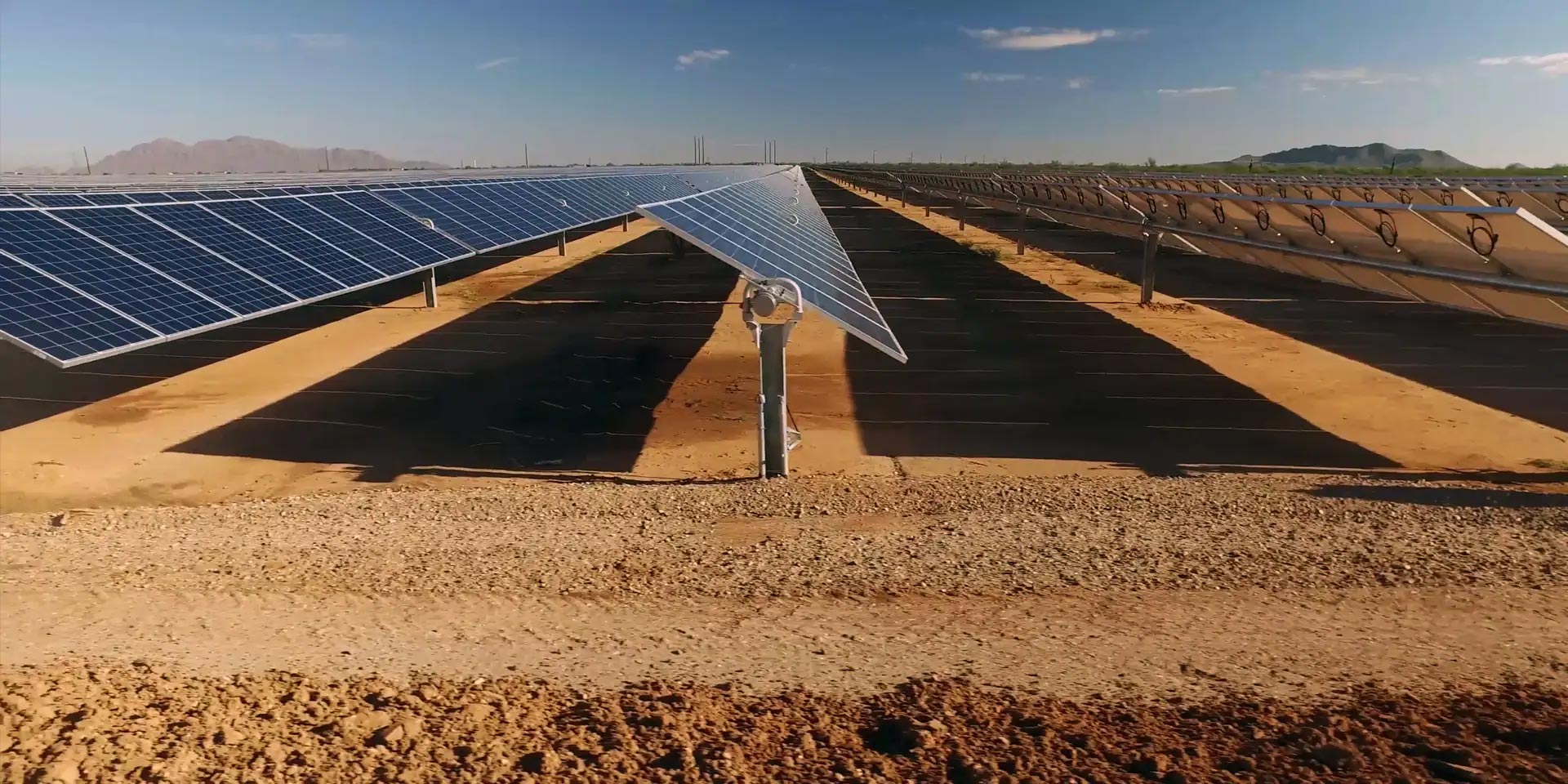Reports and Analysis
REPORT | A Price on Carbon: Building Towards an Asian CBAM
A focus on the harmonisation and integration of carbon pricing mechanisms in Asia-Pacific for the steel, aluminium and cement value chains. Read more
MONTHLY CHINA ENERGY UPDATE | May 2025
China added more solar power capacity in the month of April 2025 alone than Australia’s total, cumulative solar capacity Read more
REPORT | LNP nuclear policy will cost the Australian economy at least $4.3 trillion by 2050
To date, both the Coalition’s and the Government’s estimates of the price tag of building a nuclear industry in Australia restrict their analyses largely to costs incurred in the energy system itself. However, a redirection from a Step Change to a Nuclear Progressive Change energy scenario would, by necessity, impose many further flow-on costs to the Australian economy that are unaccounted for by the Frontier Economics modelling. Read more
Renew Australia for All REPORT | Nuclear energy risks an industrial meltdown for local manufacturing jobs
The Federal Opposition’s proposal for nuclear energy would result in widespread manufacturing and industry job losses if enacted, including the almost certain closure of Australia’s mainland aluminium smelters by 2030. Energy modelling conducted by the Federal Opposition to inform their nuclear policy shows that under the proposal, industrial electricity use would collapse from the current level of 45.4 TWh per year down to 22.8 TWh by as early as 2035 – a 50% drop Read more

